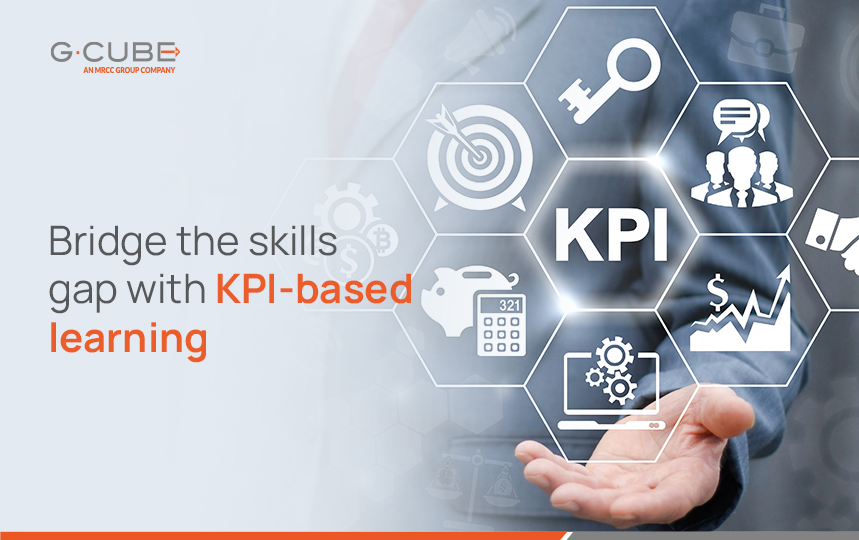When employee learning is not linked with performance, it becomes difficult for employees to extend learning to their actual work. As a result, there is no visible improvement in employee productivity, and it eventually impacts the business outcomes. Without performance-based learning, employees may not receive the feedback and support they need to improve their performance. This can result in missed growth opportunities, reduced engagement, and eventually, poor performance.
The Traditional Approach to Learning
Traditionally, performance analysis and assessment has been a quarterly or an annual activity for most organizations. Managers would review an employee’s performance over the quarter and provide feedback regarding the areas of improvement. Based on this assessment, the training needs of each employee were identified, and personalized learning pathways were designed for them. Post this, the employees would start their training journey to bridge their performance gaps.
This process would easily take anywhere between 6-9 months. This delayed training delivery mechanism results in disengagement of learners. Additionally, it also increases the time required for employees to reach their full proficiency, heavily impacting the overall business productivity and outcomes.
According to a Mckinsey report, leaders spend 37% of their time making decisions, and more than half of this time was thought to be spent ineffectively. Tracking employee training data, analyzing their performance metrics and taking decisions about their training needs based on the performance gap can be a time-consuming task and a huge manual effort for managers.
The V8 Approach – Linking Learning with Performance
The delayed time in identifying employee training needs based on their performance can be reduced with real-time training need identification. This will not only help them understand their growth areas faster but also reduce the time they take to reach the expected proficiency.
G-Cube LMS V8 shortens the learning need identification cycle to achieve better performance and productivity. The Performance Dashboard maintains a record of employee performance data. This data is mapped against the pre-defined Key Performance Indicators (KPI) for every employee. Based on the results of this mapping, V8 initiates the further learning process.
If the performance of an employee is not satisfactory, V8 carries out performance-based training need analysis to identify the training programs required to bridge the performance gap. The KPI-based learning suggestions and training recommendations help employees understand their growth areas and provide them with the right training, learning and coaching programs at the right time.
Since these training recommendations are based on individual learning needs, employees don’t waste their time on irrelevant training and achieve proficiency faster.
Advantages of the V8 Approach
V8 helps you analyze the performance gaps of your workforce and deliver learning as an intervention to fill those performance gaps, thereby enhancing individual efficiency.
- Drilled Down: V8 identifies specific learning needs of employees up to the sub-topic level so that they can be addressed.
- Targeted: Identifies the employees whose performance shows that they require training.
- Just in Time: Training need is triggered exactly when a requirement is detected.
- Continuous Improvement: Monitor performance impact of training programs for continuous learning growth.
Conclusion
With features like Performance Dashboard, KPI-based Learning suggestions, Performance-based training need identification, learning impact analysis, rule-based automated learning delivery, G-Cube LMS V8 makes linking employee learning with performance easy.
Fix the gray areas in your employee performance and enhance your business growth with V8. Schedule a free demo now!








